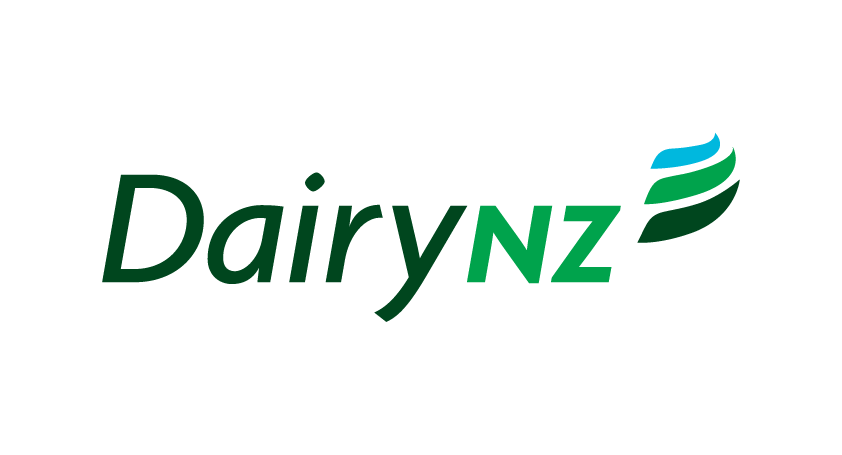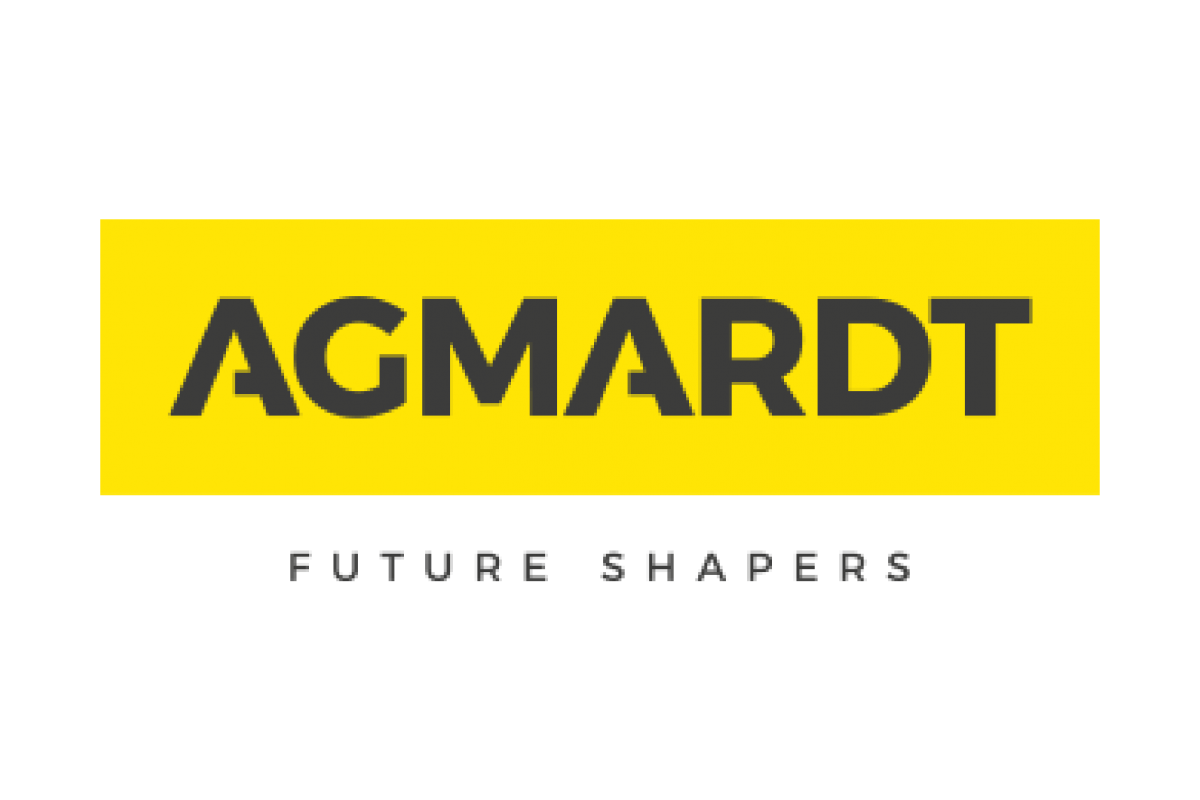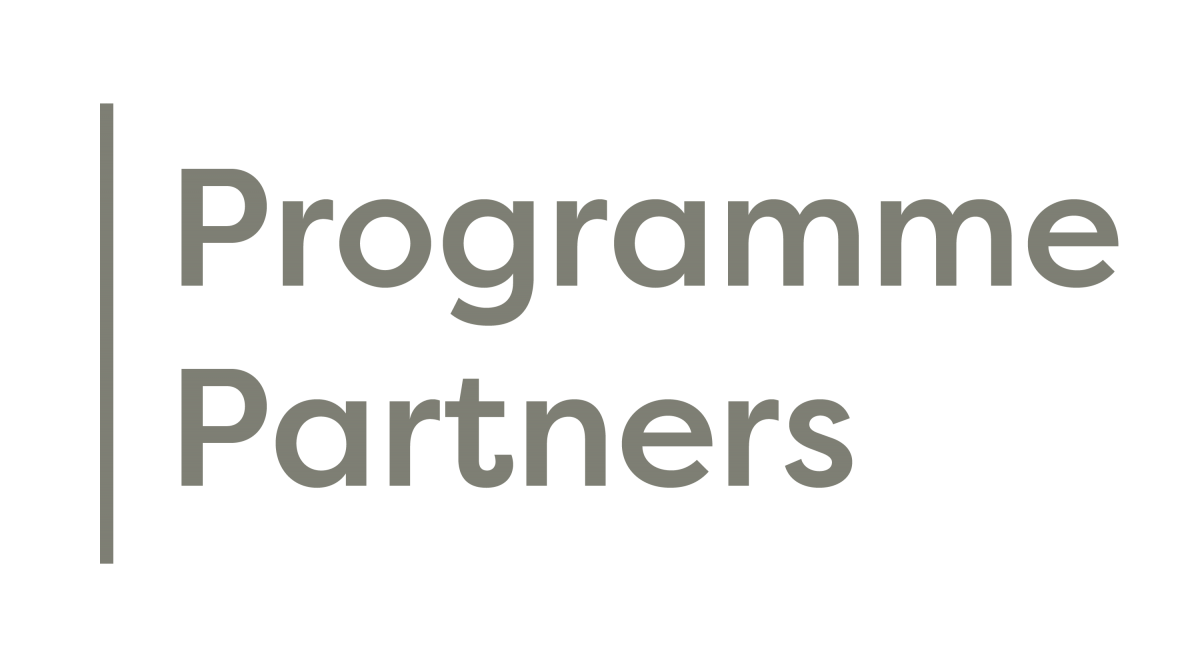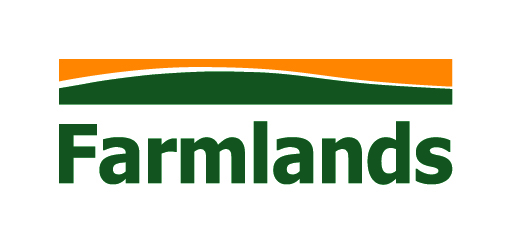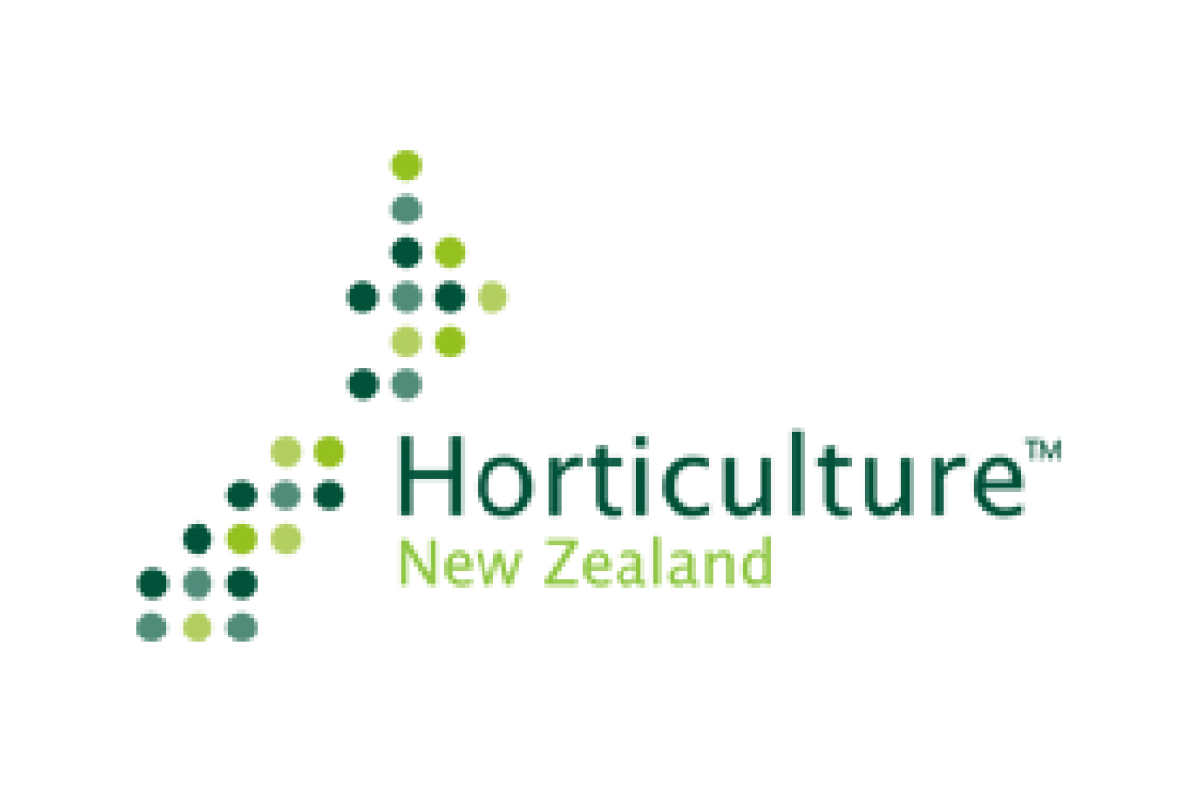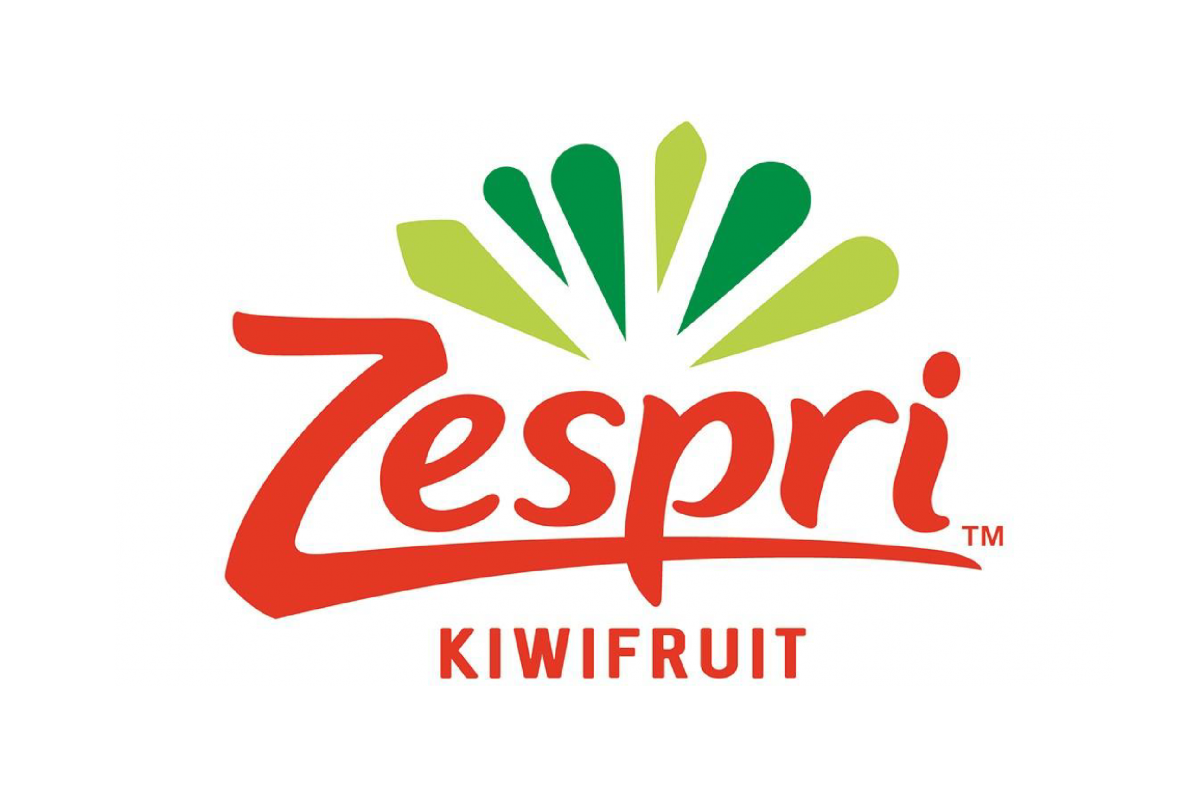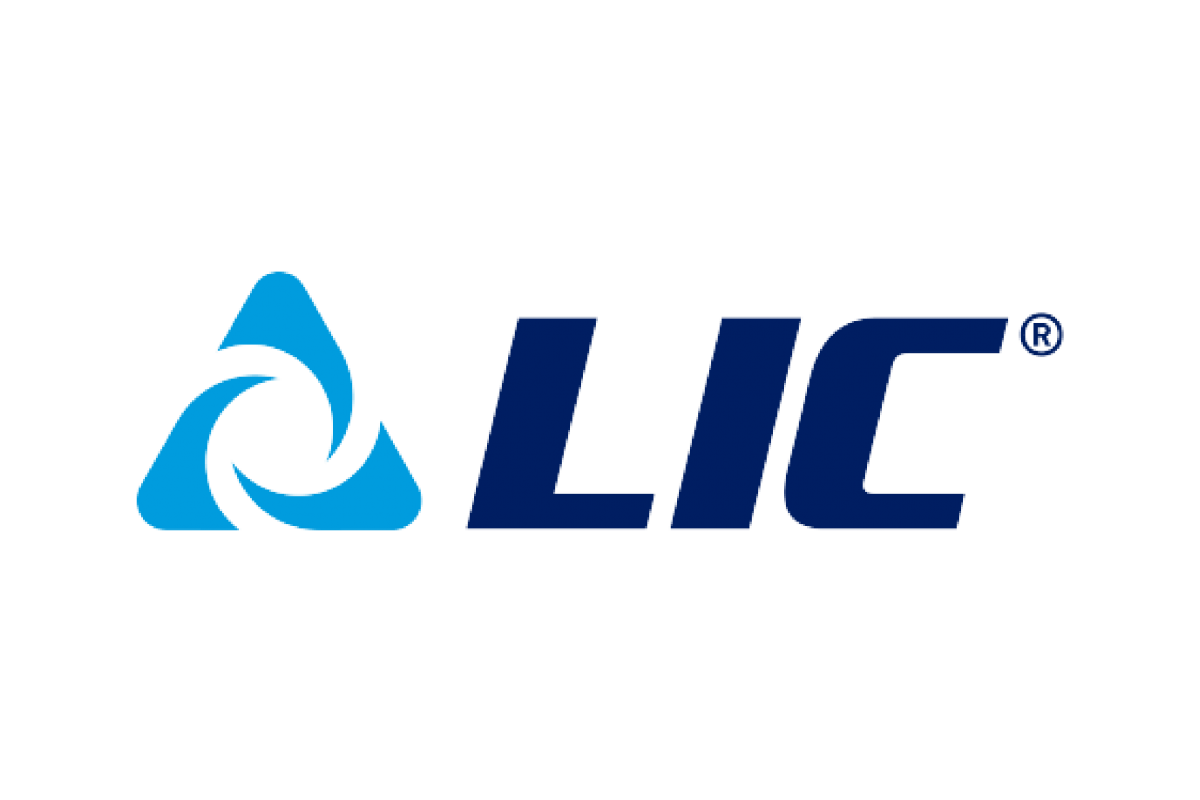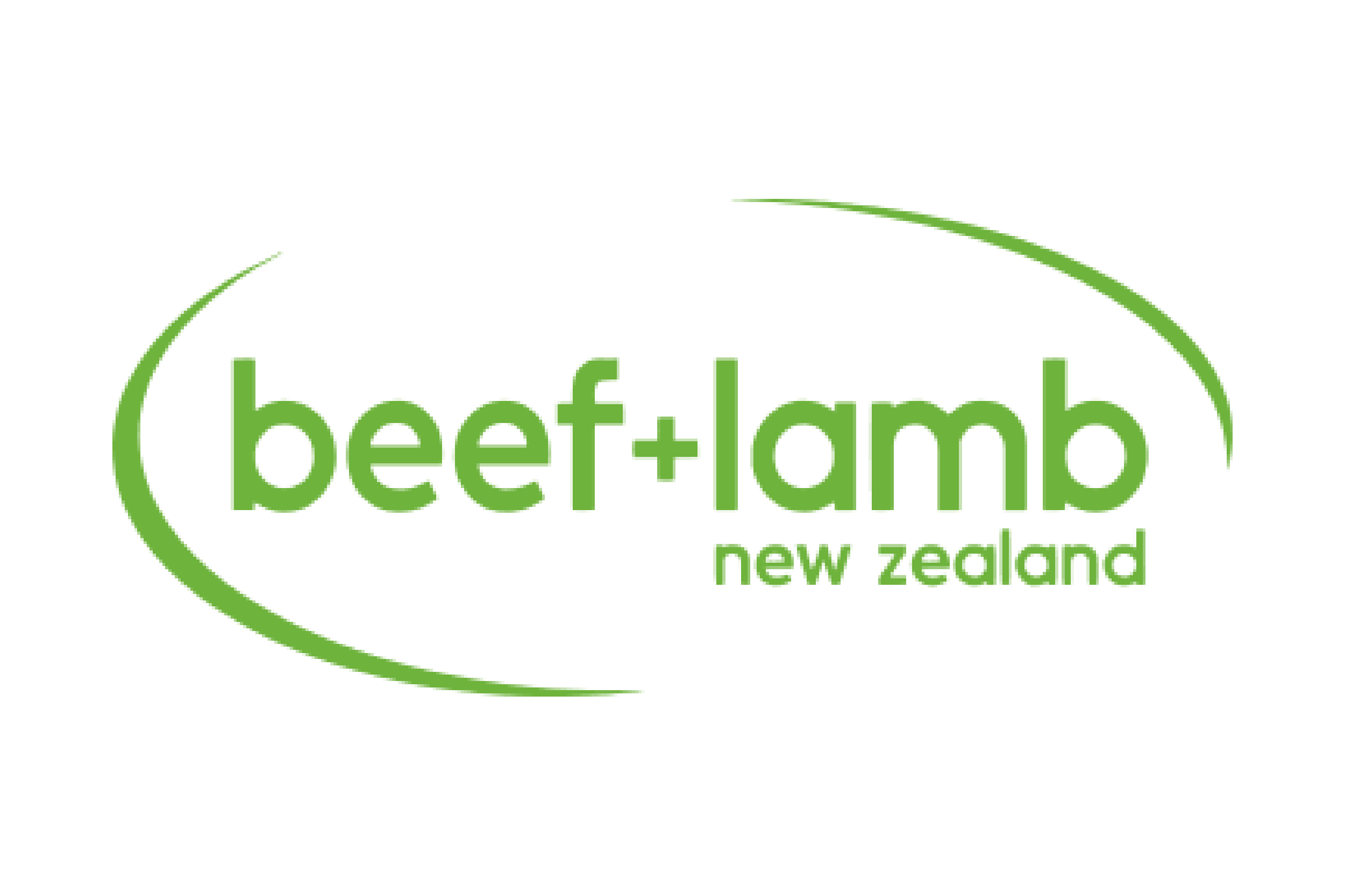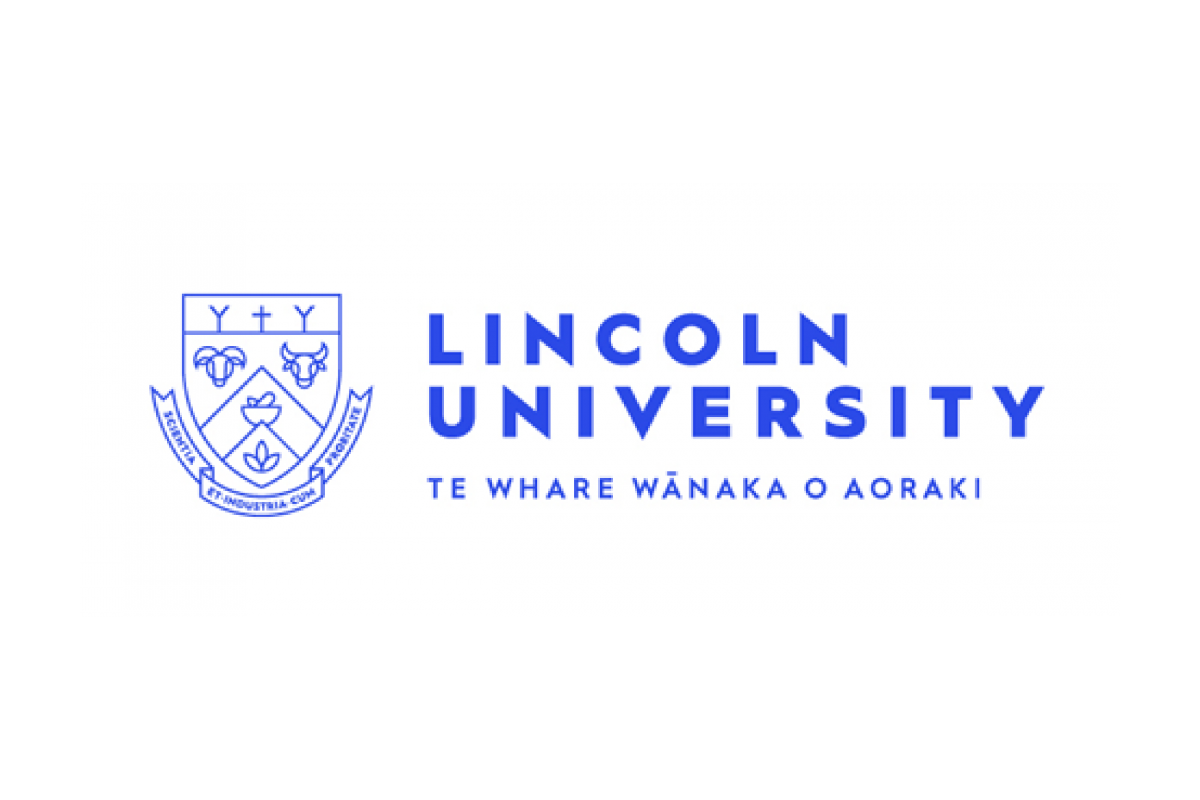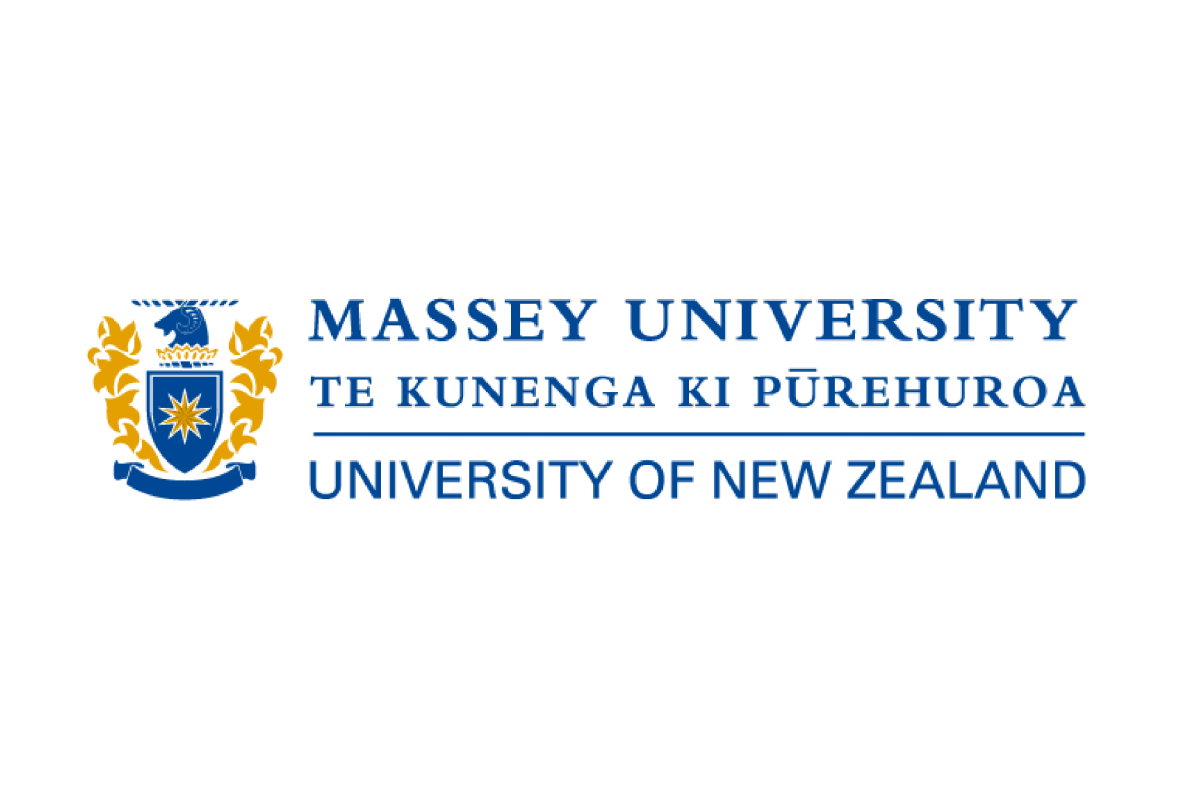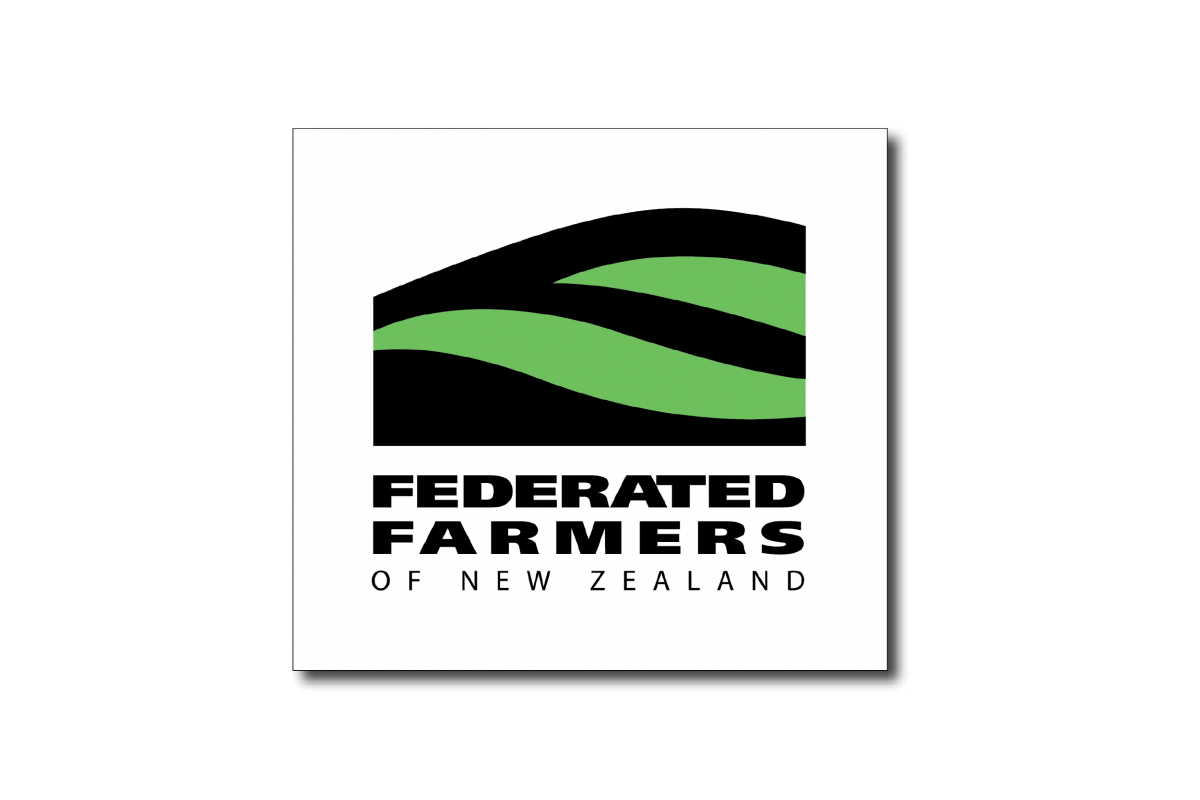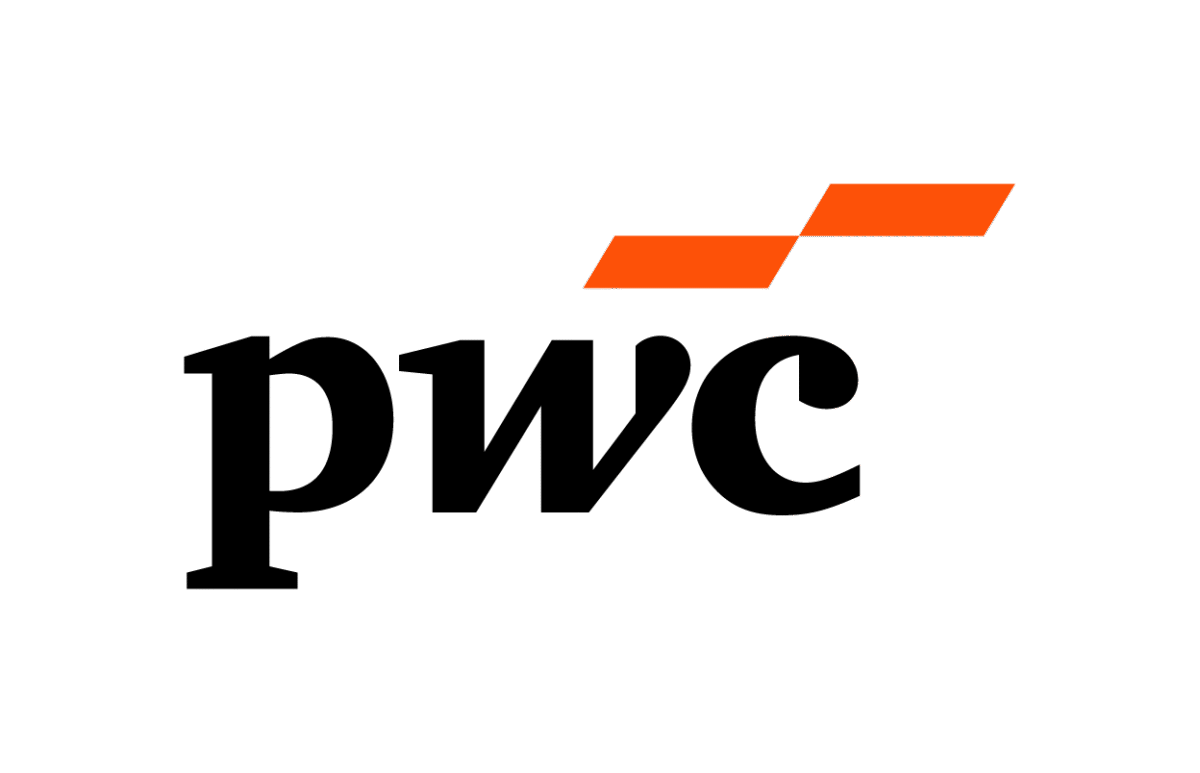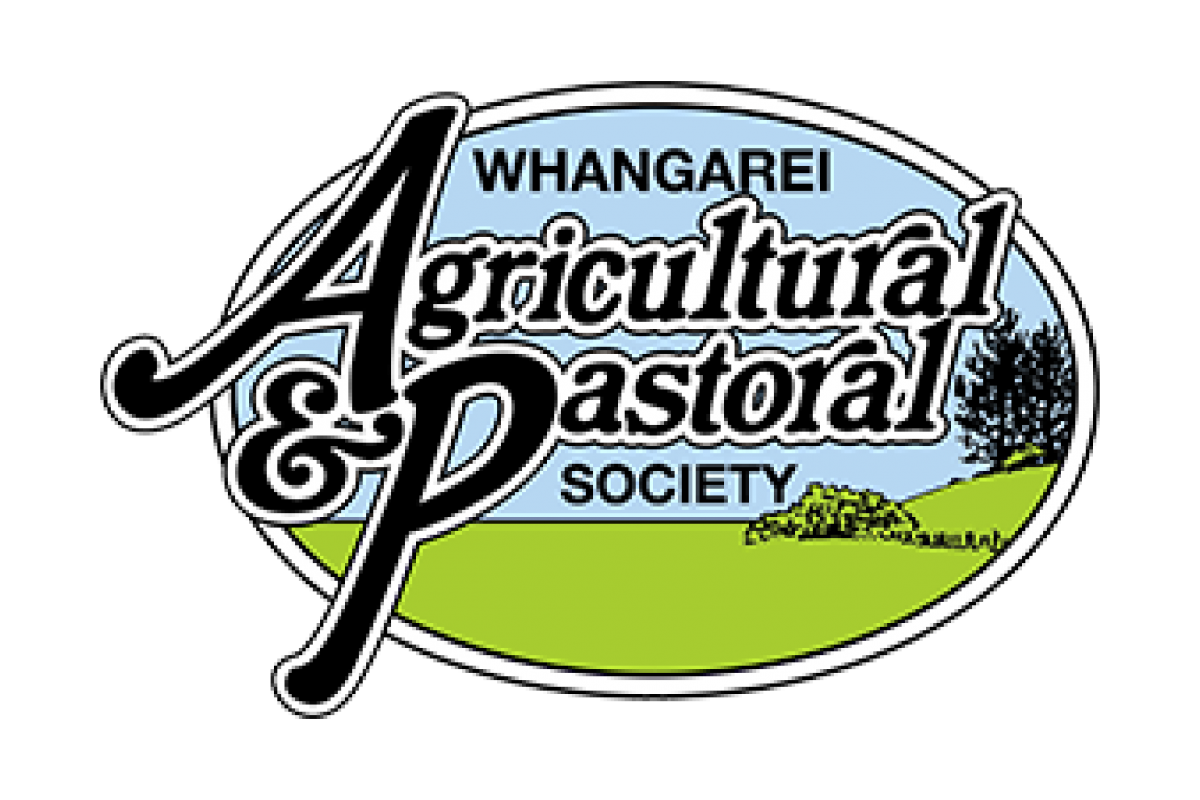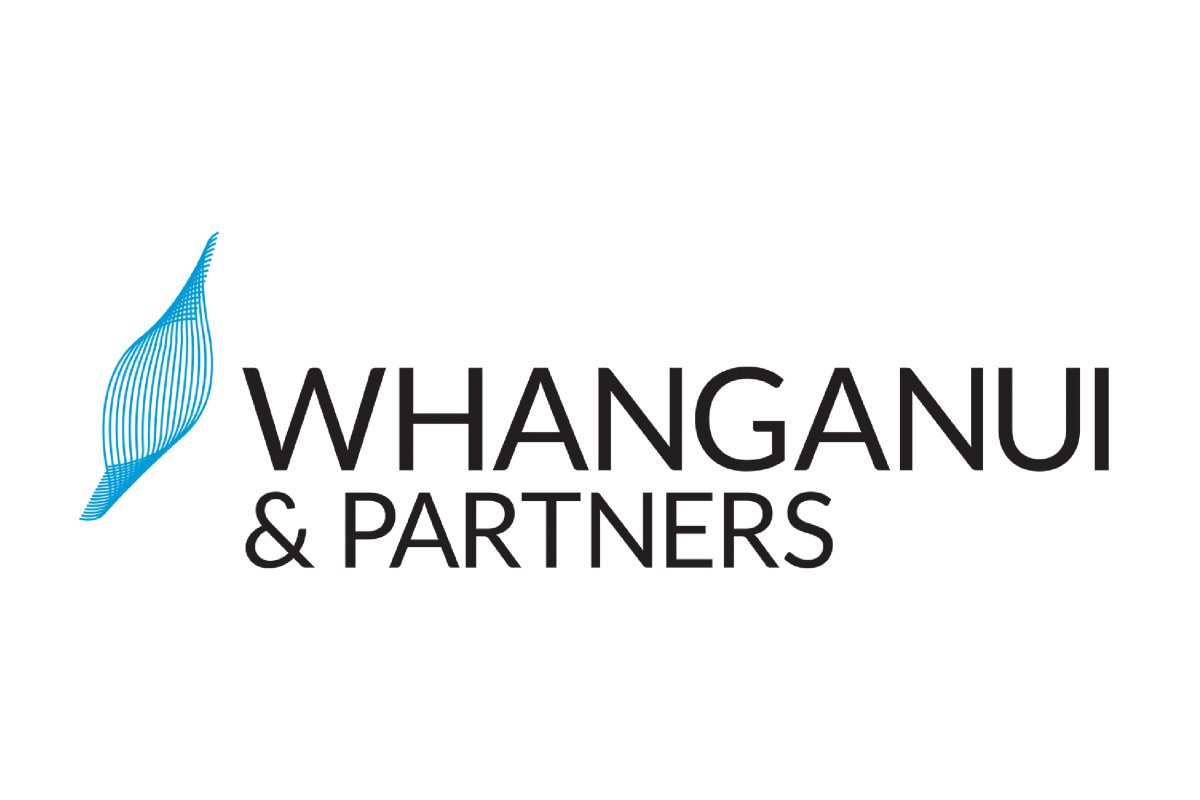Executive Summary
The challenge that Aotearoa-New Zealand faces is finding balance between retaining and restoring our environment, whilst achieving social and economic benefit. This is not just our challenge; it is a response to a global call for better outcomes for our planet and us.
This report is targeted at businesses and industries within New Zealand who export, or who aspire to export. Businesses who are struggling to work out how to change their production model and increase their margins. Businesses who want to change their production methods but are unsure how to justify the change or cost.
My report is a thought-piece; it is about a different approach to our export potential, what we aspire to be in the future. It approaches a market demand first that is focused on the customer and the problem. The focus is neither on production nor on the environment; they are simply components of the solution. I want this to start the conversations of why we can’t continue to walk down the same path …
There is urgency and risk for us all and the rate of change is unprecedented. My approach to this has been to explore how Aotearoa food producers can gain more export value, connect with their consumers in-market, and provide solutions to the problems we face, all at the same time?
If New Zealand producers and exporters became the health and nutrition solution providers to the world, this would fuel our aspirations for export growth, help us gain new customers, and drive change to our production systems and environment. The problem is the health and nutrition of the world’s consumers.
The business model of developing products and pushing them into market is not working. If we don’t know what our consumers want, then how can we presume to design a product for them. In New Zealand the food products we produce, and design, are largely for ourselves, our culture and our needs and wants. We then transition these domestic offerings to our export markets. The markets are not the same.
The proposed solution is to change the priorities of our business models to first identifying an opportunity or problem, then finding a customer to work with. The product can then be designed as a solution to a problem, and we remove the risk of the unknown.
When approaching an export market, we should design where our business is going to end up, rather than treat it like a progression of steps that need to be dealt with as they are encountered.
“By unbundling and changing our business model, our products and customer mix, we create a pathway for our businesses to be more adaptive and more profitable. It then becomes a natural progression to align farming practices that enhance the products’ value. The backfill of sustainability is safer and far more palatable to the producer if it is market and customer led.” Andy Elliot
The environment, our diets, our health and the burgeoning challenge to sustain a world’s population. This is our horizon for market growth and to provide differentiation from other countries. It will help all New Zealand identify with what it means to be sustainable or to demonstrate Kaitiakitanga.
This strategy will enable better utilization of waste: in fact that’s probably one of the best places to start with this strategy. By developing nutritional formats and supplements, we create opportunities for new varieties and different production methods to become established.
When the consumer-focused breeding attributes like taste, shape, and colour that our whole food offerings require are no longer our only value propositions, it becomes easier to change our growing practices.
This will allow faster growth in organics and into more regenerative farming methods. The transition will be due to our markets, our customers and the consumers requesting this change: it will be market pull. Discerning customers shopping for health and nutrition products want transparency. That means full disclosure of how the product was produced and its environmental impact. Regenerative agriculture and sustainable aquaculture will become the new wealth creators of our natural products export sectors. The environmental credentials that we are all leveraging currently will become enhanced.
An estimated compound annual growth rate (CAGR) of 9%1 is predicted for nutraceuticals over the next eight years. The natural products sector, a sector is already worth NZ$1.4B.2 This makes it a 4% contributor to our 2018 total Food and Beverage export value. This value is derived from approximately 1-2% of our total agri-food production.
Our current starting point in 2012 was a goal to double the export earnings from the primary industries by 2025.3 This would have seen the value grow from around NZ$33 billion to somewhere in the vicinity of NZ$66 billion. On current projections we will not achieve this.
- Currently just over 1% of our primary industry production is earning $1.4B, from largely commodity-scale sales; if this could move to 5%, it would represent growth to $4.3B.
- The real step change is if we were able to shift this from these largely commoditised transactions to branded consumer retail-ready products; if this happened, it would not be unrealistic to expect this value to grow from $4.3B to over $20B.
We cannot get there unless something changes; that something is how we approach our markets and customers and our aspirations for future value creation.
Alternative proteins, stem cell production and the enormous investment that is occurring in a handful of companies internationally should be a major wakeup call. It should be our catalyst to embrace this change with our own products and formulations that showcase the best of everything that New Zealand produces. This environment is an opportunity, not a threat.
This opportunity will also pave the way for identification of new novel compounds from our existing production and supply base and for the development of new sectors focused entirely on nutrition for health and wellness. Through my research and case studies, some key factors in this customer focused ingredient space have emerged:
- Potential customers and existing customers can undertake innovation for you.
- Relationship with customer is the new pathway to market and expansion vehicle for growth.
- Relationships are everything in diversifying into ingredients and into health markets.
- There should be no waste; everything has a value when nutrition is the framework.
- Breeding and science can play backfill if consumer demand is established.
- Health and nutrition consumers demand transparency and quality.
- Providing solutions to customers’ problems is far safer than supplying wants.
In summary, this opportunity for health, nutrition, function and ingredients is not new, it has always been here. New Zealand is simply not reaching anywhere near its potential in this space. This report explores some of those reasons why not, and expands on the potential opportunity we have to grow real value.
This report concludes by providing a step-by-step description of a business model that could be used to approach this opportunity. It is not a definitive solution, but rather serves as a guide to what the approach might look like for high value export return. It should be adapted and configured to a problem, and a subsequent solution developed.
Keywords for Search: Andy Elliot, Andrew Eliot


